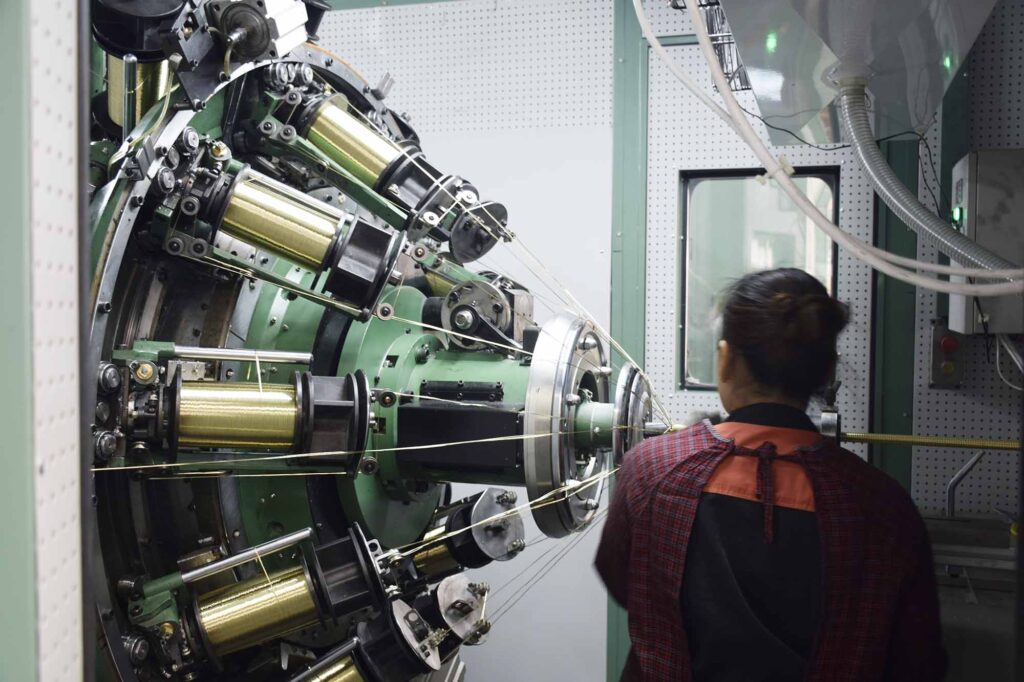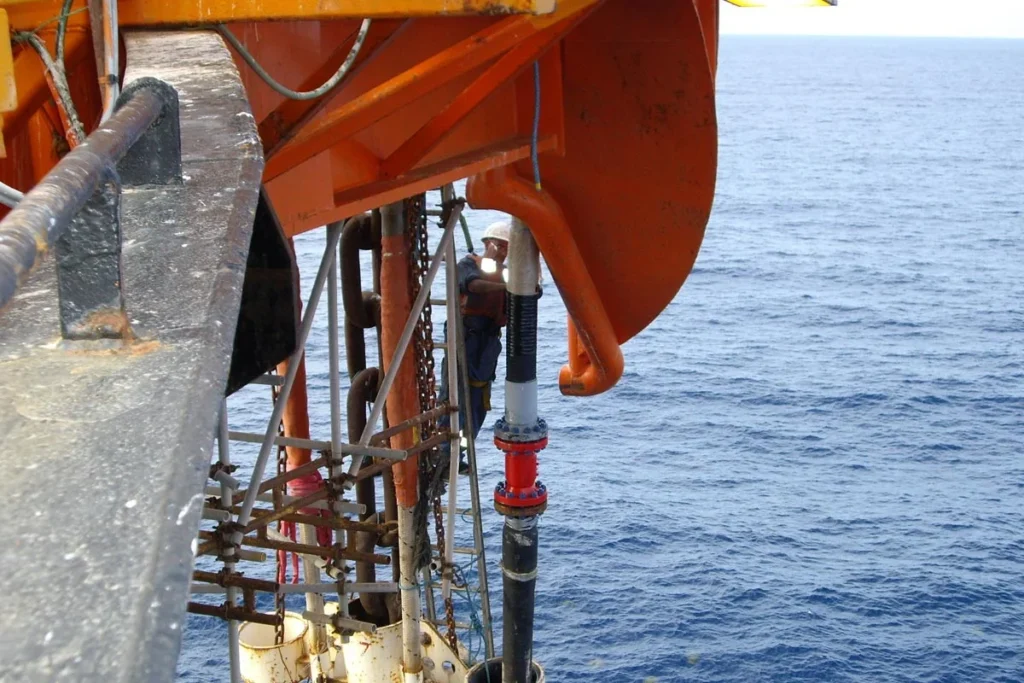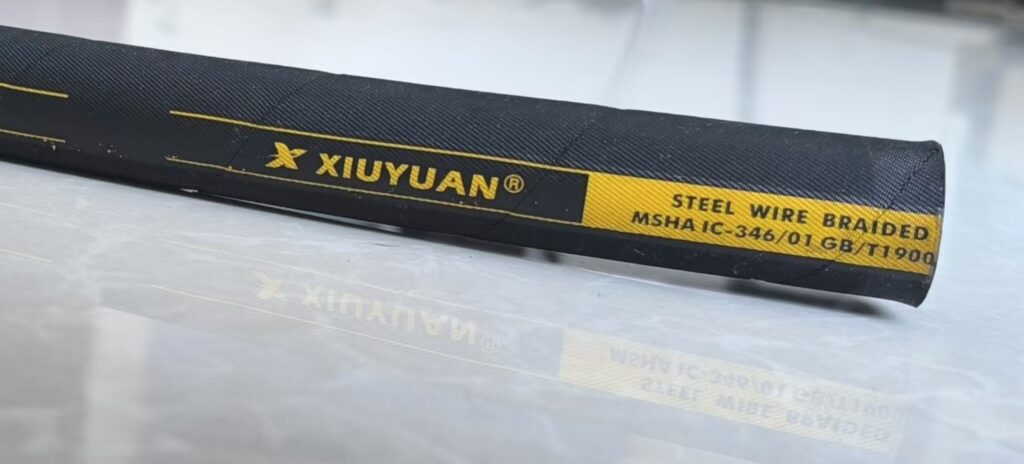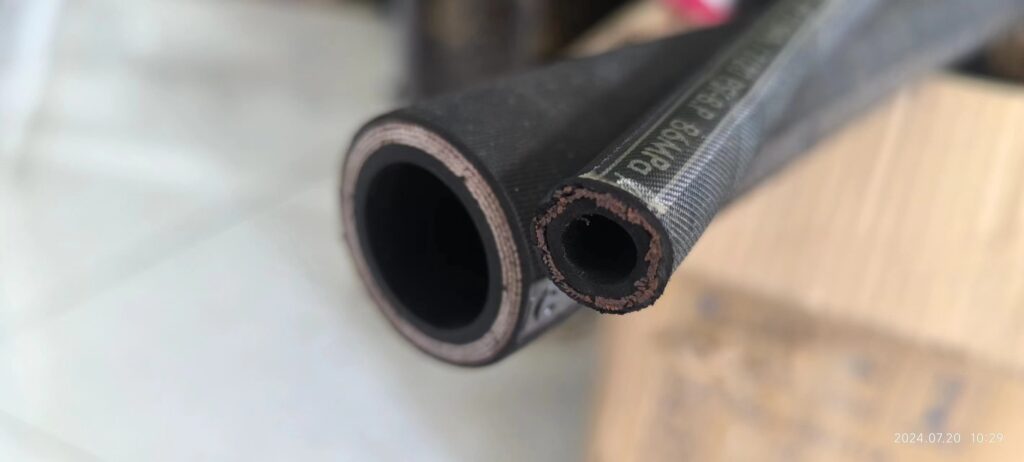Hydraulic hose reinforcement is of paramount importance in ensuring the safe and efficient operation of hydraulic systems. The reinforcement provides the hose with strength and durability, allowing it to withstand high pressure, extreme temperatures, and other demanding conditions commonly found in hydraulic applications. The reinforcement materials used in hydraulic hoses are typically high-strength synthetic fibers, wire braids, or spiral-wound metal wires. Here are some key reasons why hydraulic hose reinforcement is crucial:
Pressure resistance:
Hydraulic systems operate at high pressures to transmit power and control machinery. The reinforcement prevents the hose from bursting or rupturing under these high-pressure conditions, ensuring the safety of the system and its operators.
Flexibility and bend radius:
Hydraulic hoses often need to bend and flex around various components and equipment. The reinforcement provides the necessary structural support to maintain the hose’s shape and prevent it from collapsing or kinking, which could impede fluid flow and cause damage.
Longevity and durability:
The harsh conditions in which hydraulic systems operate can quickly degrade hoses made of ordinary materials. Reinforcement significantly enhances the hose’s strength and resistance to wear, abrasion, and exposure to various chemicals, extending its service life.
Temperature resistance:
Hydraulic systems can experience extreme temperatures, both hot and cold. Reinforcement materials are chosen to withstand these temperature variations without losing their structural integrity or performance.
Resistance to external impacts:
In industrial settings, hydraulic hoses are often subjected to mechanical impacts and potential crushing hazards. Reinforcement adds an extra layer of protection, safeguarding the hose from external damage.
Structural stability:
The reinforcement ensures that the hydraulic hose maintains its structural integrity even under internal pressure and external forces, allowing it to function reliably and efficiently.
Prevention of ballooning:
When pressure fluctuates in a hydraulic system, hoses without proper reinforcement can expand and contract erratically, a phenomenon known as ballooning. Reinforcement prevents this ballooning effect, providing stability to the hose during pressure changes.
Hose assembly integrity:
Properly reinforced hoses are less likely to experience leaks or separations at the coupling ends, ensuring a secure and reliable connection between the hose and the hydraulic system.
Overall, hydraulic hose reinforcement is critical for the safe and efficient operation of hydraulic systems. Choosing the right type and level of reinforcement, based on the specific requirements of the application, is essential to ensure that the hose can handle the pressures, temperatures, and environmental conditions it will encounter during its service life. Regular inspection and maintenance of hydraulic hoses are also crucial to detect any signs of wear or damage to the reinforcement and prevent potential failures.





